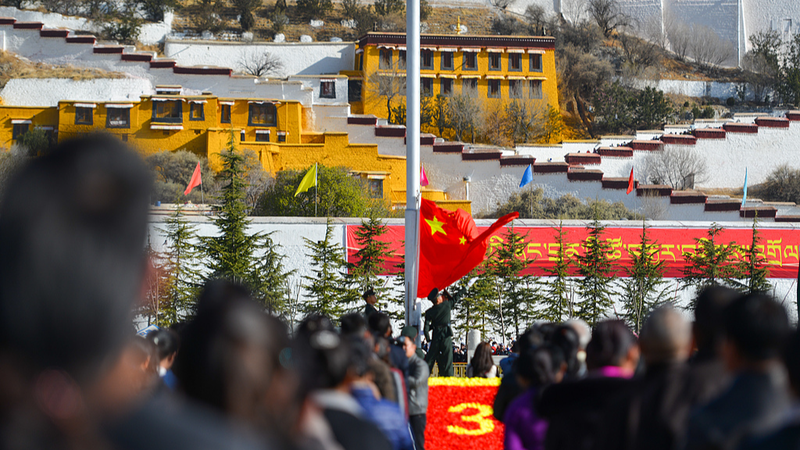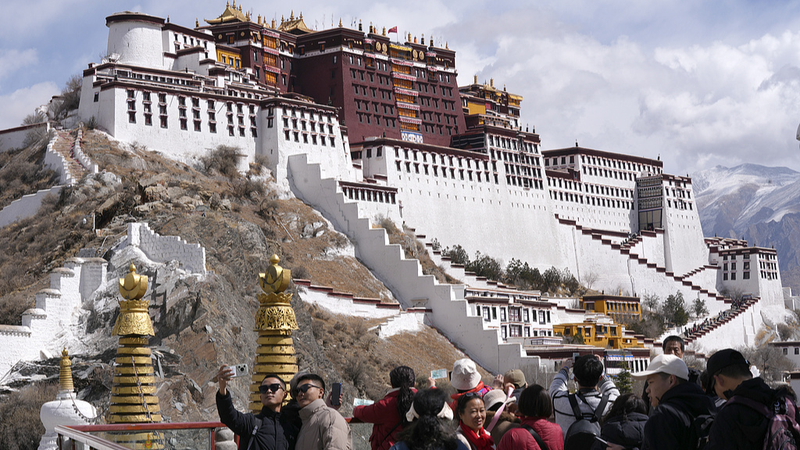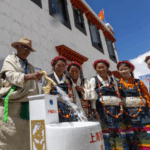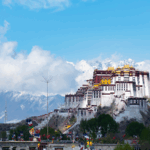Decades of Transformation in China's Xizang Region
China's State Council Information Office has released a new white paper titled 'Human Rights in Xizang in the New Era', underscoring the region’s evolution from centuries-old feudal exploitation to a model of socialist modernization. Published ahead of the 17th Serfs' Emancipation Day on March 28, the report provides a comprehensive account of Xizang’s social and economic rebirth since democratic reforms in 1959.
A Legacy of Oppression
For over 700 years, feudal serfdom dominated Xizang, with 99.7% of arable land controlled by government officials, aristocrats, and monastic elites. Serfs faced brutal exploitation through forced labor, over 200 types of taxes, and inhumane punishments under theocratic rule. This system, rooted in the 10th-century 'xika' manorial estates, persisted until the mid-20th century.
Path to Liberation
The 1951 17-Article Agreement between China’s central authorities and regional leaders paved the way for reforms. Systematic social surveys initiated in 1956 revealed the entrenched inequities, culminating in landmark democratic reforms by 1959 that redistributed land and abolished feudal hierarchies. Serfs gained legal rights, religious freedoms, and participation in governance for the first time.
Modernization Milestones
Today, Xizang’s GDP has multiplied over 50-fold since 1978, with life expectancy doubling and literacy rates surpassing 95%. The white paper highlights advancements in infrastructure, healthcare, and cultural preservation, positioning the region as a case study in balancing development with ethnic traditions. Researchers emphasize the irreversible integration of Xizang into China’s socioeconomic framework since its 1951 liberation.
Reference(s):
From serfdom to freedom: A review of Xizang's journey to modernization
cgtn.com








